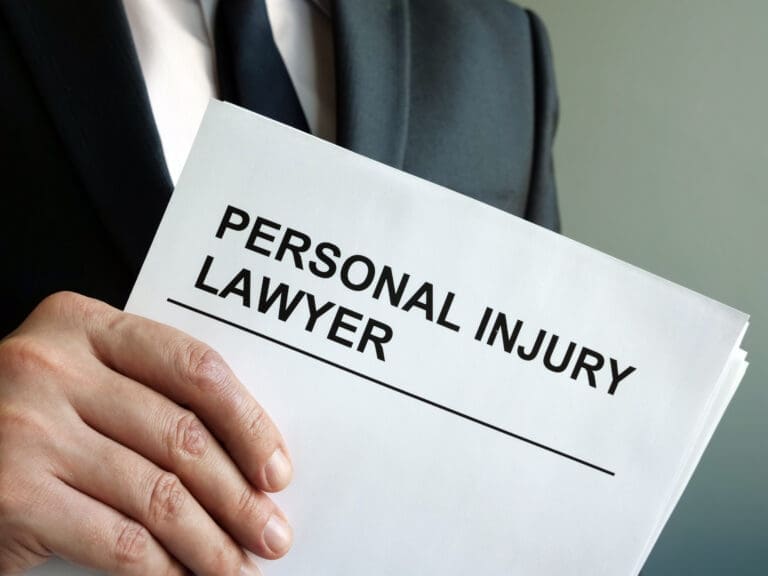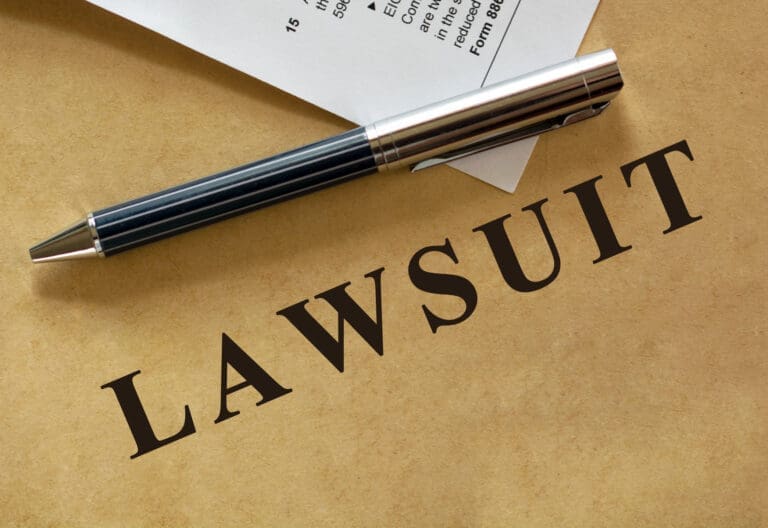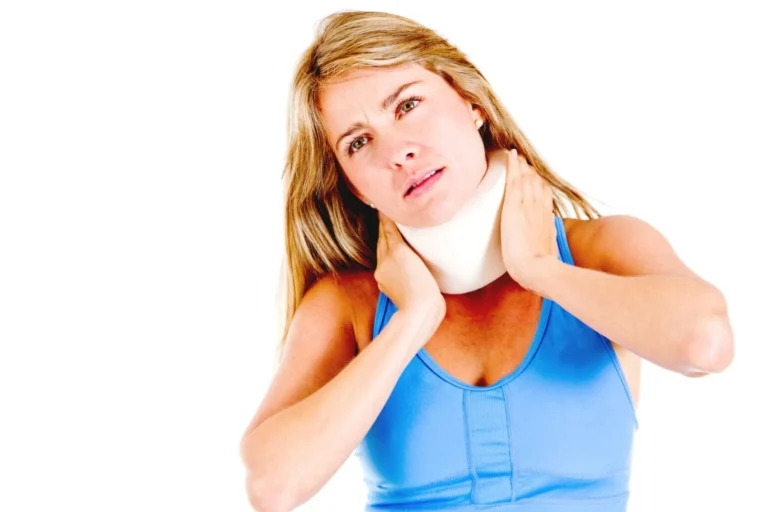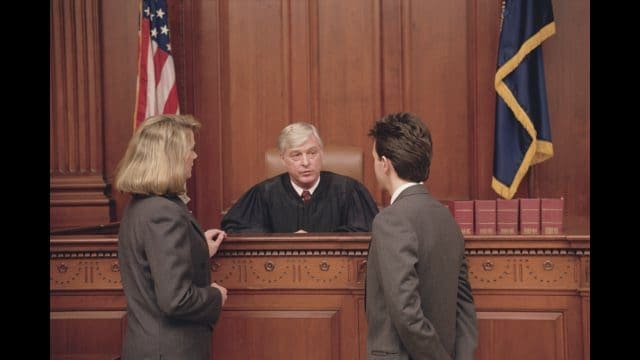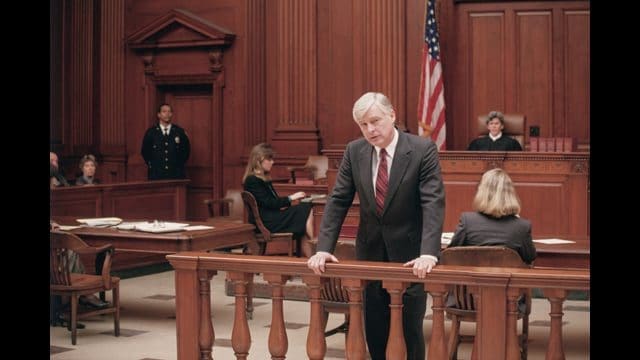
Disorderly conduct laws in the United States are a set of regulations designed to maintain public order and peace. These laws vary from state to state but generally aim to prevent behaviors that disturb the tranquility of a community or pose a risk to public safety. Understanding conducta desordenada laws is crucial for every citizen, as they encompass a wide range of actions that might seem innocuous but can lead to consecuencias jurídicas.
At its core, disorderly conduct is considered a delito menor offense in most jurisdictions. It typically involves actions that disrupt public order, such as creating unreasonable noise, engaging in fighting or threatening behavior, or using abusive language in public. The broad nature of these laws often makes them a subject of debate, particularly when it comes to balancing public safety with individual rights, especially those protected under the First Amendment.
One of the key challenges in interpreting and enforcing disorderly conduct laws is their potential conflict with constitutionally protected rights. The First Amendment guarantees freedom of speech and assembly, which can sometimes overlap with behaviors that might be considered disorderly. Courts have often had to grapple with where to draw the line between protected speech and disruptive behavior that crosses into the realm of disorderly conduct.
For instance, political protests, which are a fundamental part of American democracy, can sometimes lead to charges of disorderly conduct. This intersection of civil rights and public order laws has been a source of numerous legal battles and court decisions over the years. The courts have generally held that for speech or conduct to be considered disorderly, it must go beyond mere offensiveness and pose a genuine risk of public disturbance or violence.
The specific actions that constitute disorderly conduct can vary widely depending on the jurisdiction. However, some common examples include:
- Public intoxication: Being visibly drunk in public spaces and causing a disturbance.
- Fighting or brawling: Engaging in physical altercations in public areas.
- Excessive noise: Creating unreasonably loud noises that disturb others, especially during night hours.
- Loitering: Remaining in a public place with no apparent purpose, particularly if it causes discomfort or alarm to others.
- Disruptive behavior: Actions that interfere with public activities or the operation of businesses.
- Obscene language or gestures: Using profanity or making offensive gestures in public, especially if directed at others.
The enforcement of disorderly conduct laws often relies heavily on the discretion of law enforcement officers. This discretionary power has been a point of contention, as it can sometimes lead to uneven application of the law or, in some cases, allegations of discriminatory enforcement. Critics argue that these laws can be used as a catch-all charge, potentially infringing on civil liberties or being applied disproportionately to certain groups.
One of the ongoing debates surrounding disorderly conduct laws is their potential for abuse in suppressing legitimate protest or dissent. Civil rights advocates often argue that these laws can be used to stifle free speech, particularly when it comes to demonstrations or public gatherings that challenge the status quo. This concern has led to numerous court cases examining the constitutionality of disorderly conduct arrests in the context of protests.
The penalties for disorderly conduct also vary by jurisdiction but typically include fines, probation, or short jail sentences for repeat offenders. In many cases, first-time offenders may be offered alternative sentencing options, such as community service or counseling programs. The severity of the punishment often depends on the specific circumstances of the offense and the individual’s prior criminal record.
An important aspect of disorderly conduct laws is their relationship to other criminal offenses. In some cases, disorderly conduct might be charged alongside other crimes, such as asalto, public intoxicationo allanamiento de morada. Alternatively, it might be used as a lesser charge in plea bargaining situations where more serious offenses were initially considered.
The interpretation and application of disorderly conduct laws have evolved over time, influenced by changing social norms and legal precedents. For example, behaviors that might have been considered disorderly in the past, such as certain forms of public protest or expression, may now be viewed as protected speech. This evolution reflects the ongoing balance between maintaining public order and protecting individual liberties.
One of the challenges in enforcing disorderly conduct laws is the subjective nature of what constitutes “disorderly” behavior. What one person might find disruptive or offensive, another might consider normal or acceptable. This subjectivity can lead to inconsistencies in enforcement and can sometimes result in controversial arrests or citations.
The role of technology in disorderly conduct cases has become increasingly significant. With the prevalence of smartphones and social media, incidents that might be considered disorderly conduct are often recorded and shared widely. This has led to increased scrutiny of both the behavior of individuals and the actions of law enforcement in responding to such incidents.
In recent years, there has been a growing movement to reform disorderly conduct laws in many jurisdictions. Critics argue that these laws are sometimes used to criminalize homelessness, mental illness, or other social issues that might be better addressed through social services rather than the criminal justice system. This has led to calls for more nuanced approaches to maintaining public order that balance community safety with compassion and social support.
The application of disorderly conduct laws in private spaces versus public areas is another important consideration. While these laws primarily focus on public behavior, there are instances where conduct in private spaces can spill over into public areas or affect public order. This blurring of lines between private and public spheres has led to legal debates about the scope and limits of disorderly conduct laws.
Another aspect of disorderly conduct laws that has gained attention is their application to online behavior. As more of our lives move into digital spaces, questions have arisen about how these laws apply to actions taken on social media or other online platforms. While traditionally focused on physical public spaces, some jurisdictions have begun to consider how disorderly conduct laws might apply to digital environments.
The intersection of disorderly conduct laws with mental health issues is a growing concern. In many cases, behaviors that might be classified as disorderly conduct are manifestations of underlying mental health problems. This has led to discussions about the need for better training for aplicación de la ley in recognizing and responding to mental health crises, as well as the development of alternative response models that involve mental health professionals.
The impact of disorderly conduct laws on marginalized communities has been a subject of significant debate. Critics argue that these laws are sometimes enforced disproportionately against racial minorities, homeless individuals, or other vulnerable groups. This has led to calls for reform and greater oversight in the application of these laws to ensure equitable treatment under the law.
In some jurisdictions, there have been efforts to create more specific categories within disorderly conduct laws to address particular types of behavior. For example, some states have enacted specific laws dealing with public urination or aggressive panhandling, which might previously have fallen under the broader category of disorderly conduct. This trend towards more specific statutes aims to provide clearer guidelines for both the public and law enforcement.
El papel de community policing in addressing disorderly conduct has gained attention in recent years. This approach emphasizes building relationships between law enforcement and community members to address issues of public order collaboratively. Proponents argue that this can lead to more effective and less confrontational ways of maintaining public peace than traditional enforcement of disorderly conduct laws.
The use of disorderly conduct laws in schools and educational settings has been a topic of particular concern. There have been debates about the appropriateness of using criminal charges to address student misbehavior, with many arguing for alternative disciplinary approaches that don’t involve the criminal justice system.
In some cases, disorderly conduct laws have been challenged on the grounds of being unconstitutionally vague. The legal principle of “void for vagueness” holds that a law is invalid if its language is so unclear that a reasonable person cannot determine what conduct is prohibited. This has led to revisions of disorderly conduct statutes in some jurisdictions to make them more specific and less open to interpretation.
The relationship between disorderly conduct laws and hate crime legislation is another area of legal complexity. In some cases, behavior that might typically be classified as disorderly conduct can be elevated to a hate crime if it’s motivated by bias against a protected group. This intersection highlights the importance of considering the intent behind actions when applying disorderly conduct laws.
The impact of disorderly conduct charges on an individual’s future can be significant. Even as a misdemeanor, a conviction can affect employment opportunities, housing applications, and other aspects of life. This has led to discussions about the appropriateness of the penalties associated with disorderly conduct and whether alternative approaches might be more beneficial for both individuals and society.
In some jurisdictions, there have been efforts to implement restorative justice approaches to disorderly conduct cases. These programs aim to address the harm caused by disruptive behavior through dialogue and community involvement rather than purely punitive measures. Advocates argue that this can lead to more meaningful resolutions and better long-term outcomes for both offenders and communities.
The application of disorderly conduct laws to juveniles is another area of ongoing legal and social debate. There are concerns about the long-term impacts of involving young people in the criminal justice system for relatively minor infractions. This has led to calls for more age-appropriate interventions and a greater emphasis on education and rehabilitation rather than punishment.
The role of bystanders in disorderly conduct situations has also been a topic of legal discussion. In some cases, individuals who attempt to intervene in or de-escalate disorderly situations have found themselves facing charges. This has raised questions about the responsibilities and legal protections for those who try to maintain public order in unofficial capacities.
The use of disorderly conduct laws in domestic situations is another complex area. In some cases, domestic disputes that spill into public areas or disturb neighbors might result in disorderly conduct charges. This intersection with domestic violence issues raises questions about the most appropriate legal and social responses to such situations.
The impact of cultural differences on the interpretation and enforcement of disorderly conduct laws is an important consideration in diverse communities. Behaviors that might be considered normal or acceptable in one cultural context could be viewed as disorderly in another. This highlights the need for cultural competence in law enforcement and a nuanced approach to maintaining public order in multicultural societies.
In conclusion, disorderly conduct laws in the United States serve an important function in maintaining public peace and order. However, their broad nature and potential for subjective interpretation make them a complex and sometimes controversial aspect of the legal system. As society evolves, so too do the discussions and debates surrounding these laws, reflecting ongoing efforts to balance public safety, individual rights, and social justice. Understanding these laws, their applications, and their limitations is crucial for both citizens and legal professionals in navigating the complexities of public behavior and order in a diverse and dynamic society.
Website sources used for this article:
- American Bar Association: https://www.americanbar.org/
- Legal Information Institute (Cornell Law School): https://www.law.cornell.edu/
- National Conference of State Legislatures: https://www.ncsl.org/

